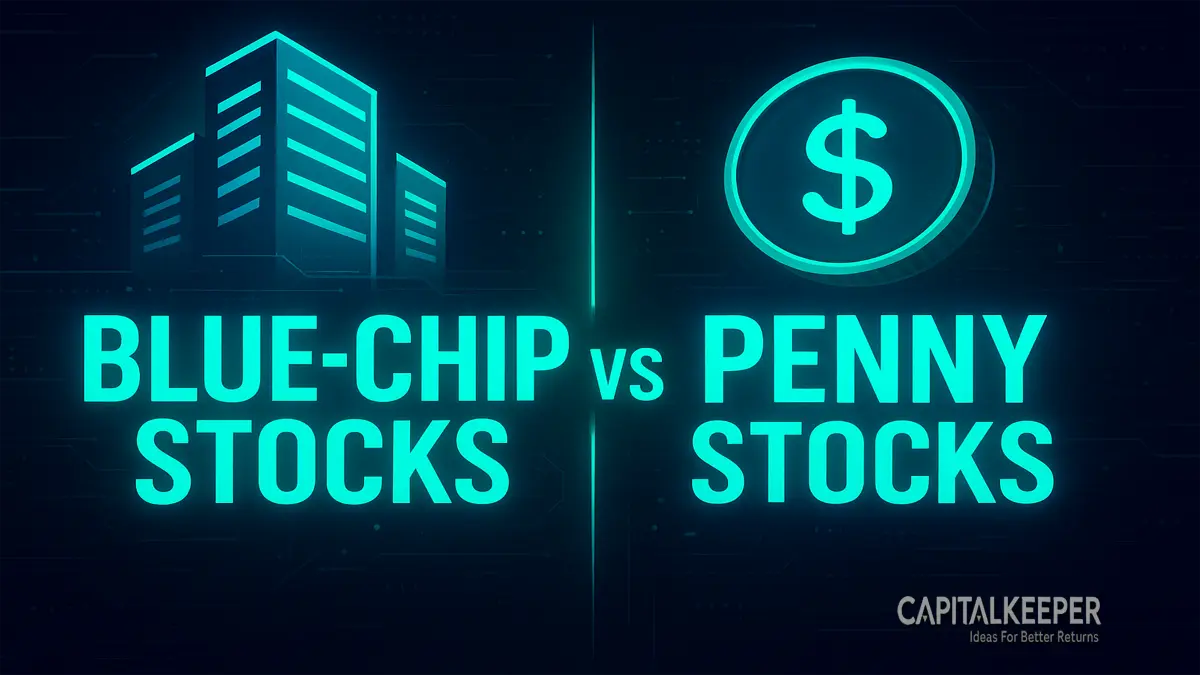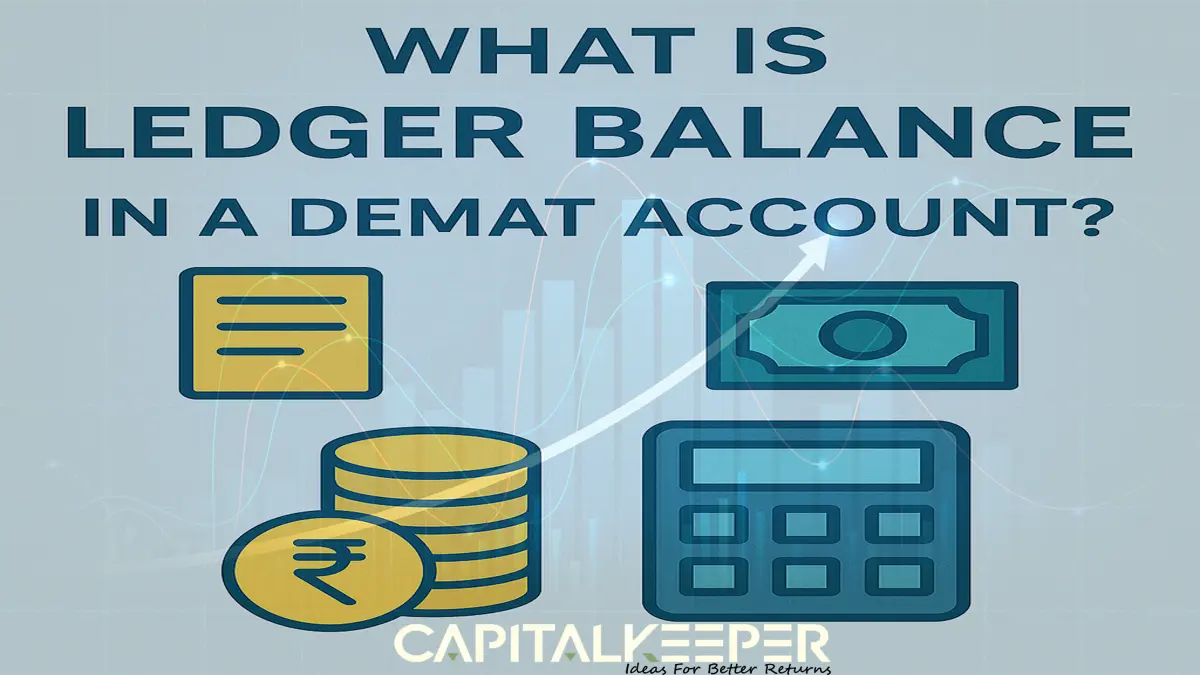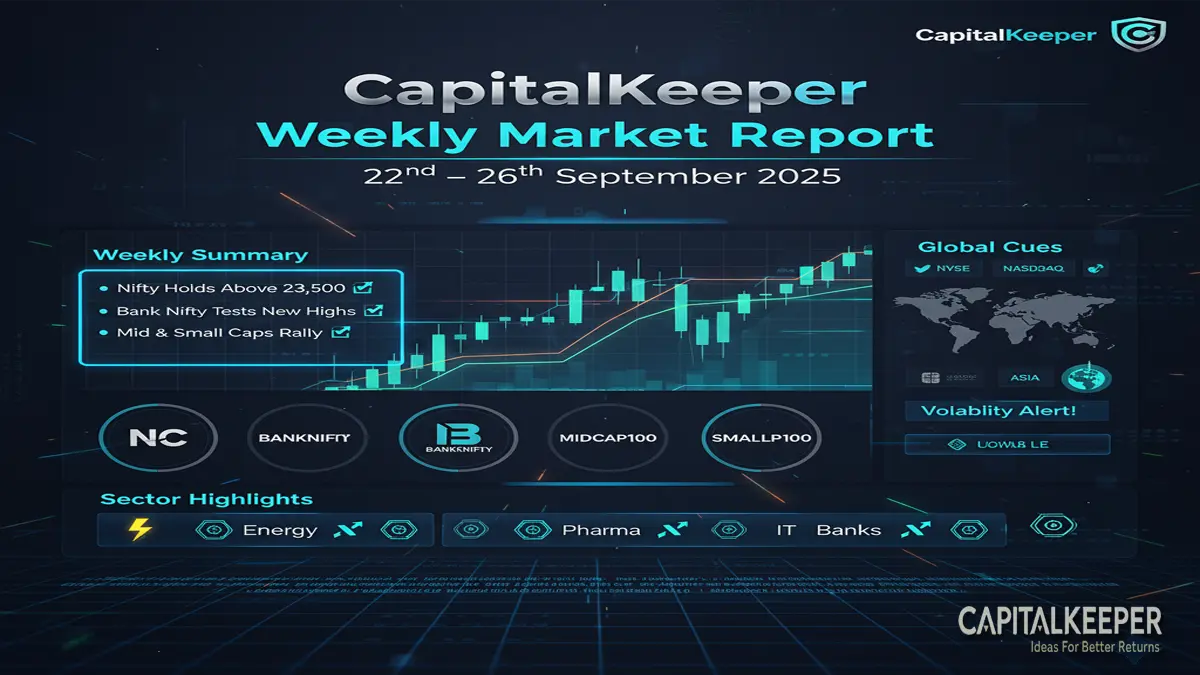How to Manage F&O Drawdowns Like a Hedge Fund Manager | Smart Capital Preservation Tactics
By CapitalKeeper | Beginner’s Guide| Indian Sock Market | Market Moves That Matter I 22th June 2025
Drawdowns are an inevitable part of trading—especially in the fast-paced, leveraged world of Futures & Options (F&O). But what separates amateur traders from hedge fund professionals is how they manage these drawdowns.
In this blog, we decode the risk management framework used by hedge fund managers and show how you can apply the same principles in your F&O trading to safeguard your capital and emerge stronger from drawdowns.
📊 What Is a Drawdown in F&O?
A drawdown is the reduction in equity from a peak to a trough, often caused by a string of losing trades. In leveraged instruments like options and futures, drawdowns can be deeper and quicker than in cash markets.
Example:
If your capital was ₹10,00,000 and it drops to ₹8,50,000 after a losing streak, you’re facing a 15% drawdown.
💼 How Hedge Fund Managers Tackle Drawdowns
Let’s break it into key principles:
1. 🔍 Position Sizing Based on Volatility
Hedge funds dynamically adjust position sizes based on volatility. In F&O, this means reducing exposure when IV (Implied Volatility) spikes.
📌 Tip: Use ATR (Average True Range) and IV Rank to assess market risk before adding F&O positions.
2. 🧠 Rule-Based Risk Limits
Hedge fund portfolios are governed by strict risk rules. For example:
- Never risk more than 1-2% of capital per trade
- Stop trading for the day if the portfolio is down 5%
✅ Implement a Personal Risk Management Dashboard (Download link below) to set your drawdown limits.
3. 🔄 Portfolio Diversification via Strategy Baskets
Instead of overleveraging on one trade, hedge fund managers allocate capital across:
- Trend-following options (buying calls/puts)
- Mean-reversion setups (iron condors, credit spreads)
- Event-driven trades (earnings, expiry weeks)
📌 Even in F&O, don’t concentrate exposure on one expiry or one strike price.
4. 🕵️ Quantitative Journaling & Pattern Recognition
Top firms track every trade with win/loss ratios, risk/reward, and edge expectancy.
Start your own Trade Review Journal to identify patterns behind drawdowns—wrong entry, poor exit, revenge trading?
5. 🧘 Emotional Discipline During Losing Streaks
Big money managers use algorithms to automate exits, keeping emotions out of play.
Train yourself with predefined stop-loss and take-profit triggers. Don’t widen stop-losses hoping for a reversal.
6. 📈 Capital Scaling Techniques
After a drawdown, hedge funds scale down and gradually increase position sizes as performance recovers.
Implement a “Capital Recovery Ladder”:
- Reduce lot size by 50% after a 10% drawdown
- Increase only after recovering half of the loss
🔁 Real-World Application: Example from Indian F&O Market
Let’s say you’re trading Bank Nifty options.
- Entry: Short 56200 CE on Wednesday expiry
- Trade goes against you after Fed commentary IV shoots up
- Stop-loss hit, 5% portfolio drawdown
- Instead of revenge trading, reduce size for the next trade, wait for next day IV crush
- You journal the setup and learn that expiry week with Fed volatility isn’t optimal for short options
📈 Lesson: You’ve just implemented hedge fund thinking protect capital first, grow later.
📌 Key Takeaways
✅ Always track drawdowns, not just P&L
✅ Use risk-per-trade limits, not emotions
✅ Apply strategy diversification even within F&O
✅ Use quant-based reviews and recovery plans
✅ Most importantly, respect volatility and scale down
📣 Final Thoughts
Managing drawdowns is not about avoiding losses it’s about surviving them with discipline. Just like hedge fund managers, if you focus on capital preservation, process, and pattern recognition, consistent profitability becomes not just possible but scalable.
📌 For more real-time updates, trade setups, and investment insights — follow us on [Telegram] and subscribe to our newsletter!

📌 Disclaimer
The content provided on CapitalKeeper.in is for informational and educational purposes only and does not constitute investment, trading, or financial advice. While we strive to present accurate and up-to-date market data and analysis, we make no warranties or representations regarding the completeness, reliability, or accuracy of the information.
Stock market investments are subject to market risks, and readers/investors are advised to conduct their own due diligence or consult a SEBI-registered financial advisor before making any investment decisions. CapitalKeeper and its authors are not liable for any loss or damage, direct or indirect, arising from the use of this information.
All views and opinions expressed are personal and do not reflect the official policy or position of any agency or organization. Past performance is not indicative of future results.
By using this website, you agree to the terms of this disclaimer.
CapitalKeeper | Turning Market Noise into Market Wisdom
🔗 Visit CapitalKeeper.in
















Leave a Reply